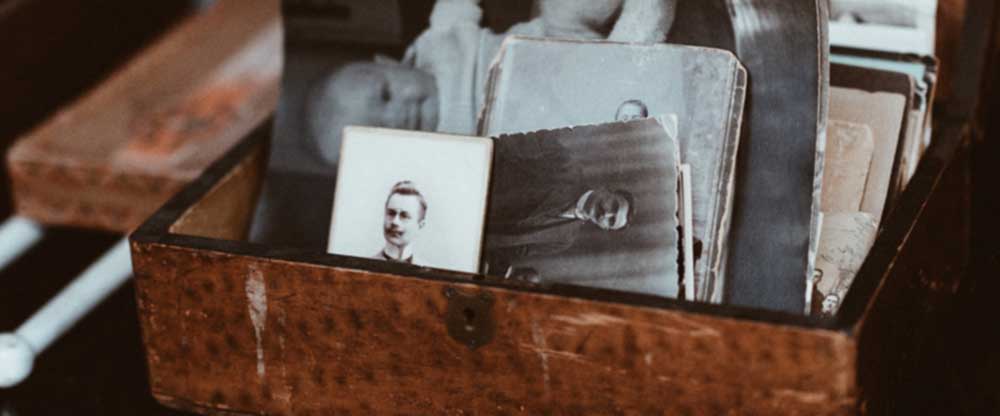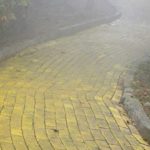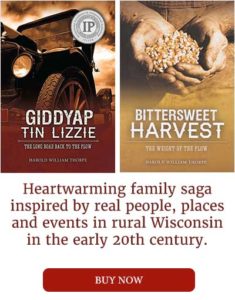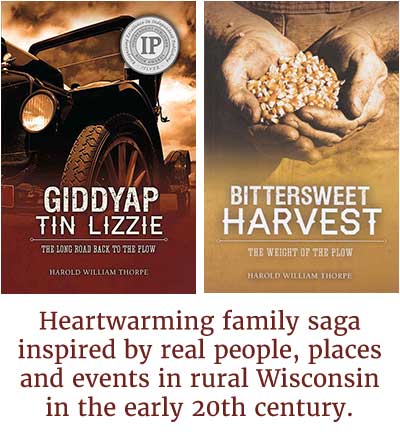I hope you’ve gleaned some insights from my Write Your Family Story series.
We’ve covered a lot — the importance of collecting your elderly relatives’ memories; the “show vs tell” difference between fiction and non-fiction; writing in an active voice; blending historical facts with fictional detail; maintaining the ebb and flow of suspense in a novel; deciding whose point of view your story will be told from and crafting characters.
Most writers construct their memoirs as non-fiction, as a true to life story. Some write simple narrative summary, while others choose to write a richly detailed narrative summary. I took a different route with my stories. I combined narrative summary with extensive use of immediate scenes, which are primarily a fiction writer’s technique. Unlike narrative summary that tells a story, immediate scenes show the story.
I hope that you’ll apply what I have shared to your own family history writing project!
Of course, you can always learn more. I have learned, as I explored memoir writing with my mother and then turned our family history into fiction, that there are a myriad of different approaches to writing, and many different ways to define the techniques.
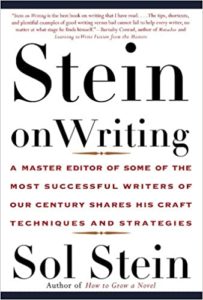 Renowned novelist and playwright Sol Stein, has also authored many non-fiction books on the writing craft. He recommends the “immediate scene” writing style in his 1995 book, Stein on Writing A Master Editor of Some of the Most Successful Writers of Our Century Shares His Craft Techniques and Strategies.
Renowned novelist and playwright Sol Stein, has also authored many non-fiction books on the writing craft. He recommends the “immediate scene” writing style in his 1995 book, Stein on Writing A Master Editor of Some of the Most Successful Writers of Our Century Shares His Craft Techniques and Strategies.
Stein defines an immediate scene as something that includes abundant and vivid dialogue, thought and action, and “happens in front of the reader, is visible, and therefore filmable.”
He calls narrative summary, in contrast, “a scene that is told, rather than shown,” and concludes that “every form of pleasurable writing benefits from conveying as much as possible before the eye, onstage rather than offstage.”
Today, resources to help you write your family story go far beyond books. There’s a wide selection of webinars, blogs, and online courses – and even Apps for your iPhone.
Check out the links below for additional guidance, and good luck!
I read many books as I learned how to write a novel. I especially recommend the following:
Self-Editing for Fiction Writers: How to edit yourself into print. 2nd edition. By Renni Browne & Dave King. HarperCollins books, 1993.
On Writing Well: The Classic Guide to Writing Nonfiction. By William Zinsser. Quill: A HarperResource Book, 2001.
Hooked: write fiction that grabs readers at page one and never lets them go. By Les Edgerton. Writer’s Digest Books, 2007.
Write Great Fiction: Dialogue: Techniques and exercises for crafting effective dialogue. By Gloria Kempton. Writer’s Digest Books, 2004.
Make a Scene: Crafting a Powerful Story One Scene at a Time. By Jordan E. Rosenfeld. Writer’s Digest Books, 2008.
How to Grow a Novel: The Most Common Mistakes Writers Make and How to Overcome Them. By Sol Stein. St. Martin Griffin, New York, N.Y. 1999.
In addition, you may find these resources on researching and writing your family’s story helpful:
The Armchair Genealogist: Research and Write Your Family History
The Family History Writing Studio
Newsletters, webinars, courses, workbooks, and even personal writing coaching!
Wisconsin Genealogy Crash Course with Lori Bessler
Research Librarian at the Wisconsin Historical Society
How to Write a Family History Narrative in 30 Days
From Family Legacy blog
Photo by Roman Kraft on Unsplash

